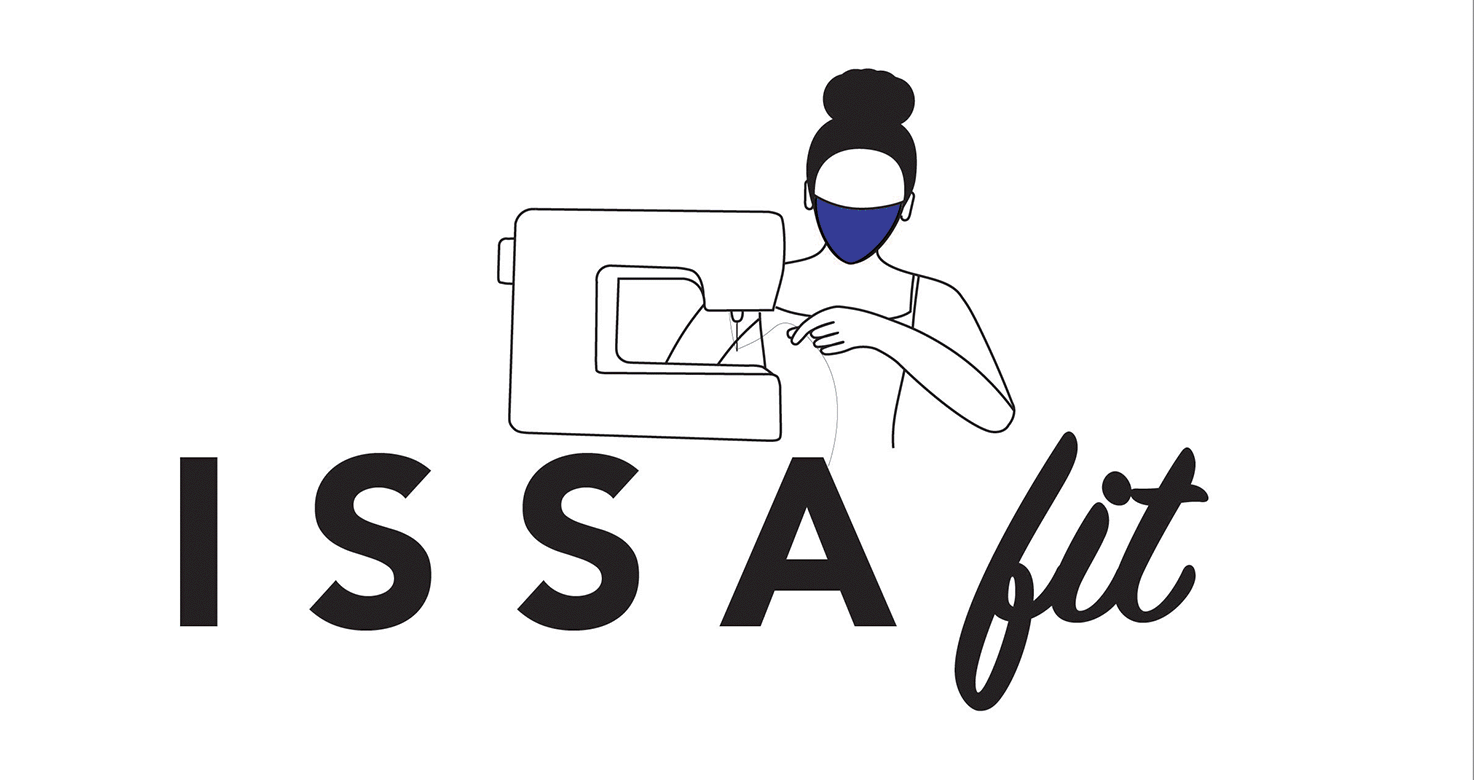Hospitals and companies around the world are running out of face masks for the essential workers that are risking their health every day to keep things running. Donating to local hospitals or companies goes a long way, but it's important to make masks that will be durable and effective. Follow this tutorial for information and a printable pattern on how to make reusable, effective face masks good enough to donate.

Materials
Clean pillowcase or 0.5+ yard cotton fabric or other breathable fabric. For a full list of fabrics and their effectiveness, follow the New York Times guide here.
Matching thread and bobbin. For instructions on how to thread your bobbin or set up your sewing maching, follow this tutorial.
1 foot of elastics or 64 inches of ribbon with a width of 0.5 inches maximum.
Iron
This printable PDF pattern. If you don't have access to a printer or want to save paper, this draft includes measurements that you can draw onto your fabric without printing.

Sizing: as I was making my masks, I used this handy chart for sizing. I got the chart from Wildhorn Outfitters, a company that makes outdoor adventure gear. The chart was originally intended for sizing snorkels, but I found that the measurements worked well for mask sizing, too!
Assembling the Mask
1. Layer the fabric two to three times and trace the pattern onto the fabric.
2. Cut along the outline, leaving 1/4-1/2 inch seam allowance around the outline. Do not cut the triangles at the top and bottom of the mask.

3. Unpin the layers and fold the panels in half over the vertical axis so that the two triangles on top and bottom are split in half. If you are using three fabric layers, wrap the panel that will be on the inside of the mask (on mine, the white cotton) around the outside of one of the panels that will be facing outward, making sure to face the outside panel away from the middle panel. Keeping the panels folded in half, align the center of the pattern to the fold on the fabric and use it to re-pin the triangles along the center line.
4. Using a straight stitch, sew along the line of the triangle that you just pinned. Once you've sewn it down, cut the excess fabric of the triangles and turn the panels right-side-out and iron them down.
5. If you're using elastics, cut them into two 6 inch strips. If you're using ribbons, cut them into four 16 inch strips.
6. Lay your first panel down on a flat surface with the outside of the fabric facing up. Then, lay one of the elastics against one of the short ends of the panel and loop it so that one end sits in each corner of the panel side. Layer the other (two) panel(s) over with the outside of the fabric facing down, and pin the side to sandwitch the elastics and secure them in place. Do the same on the other side. If working with ribbons instead of elastics, lay one end of each ribbon in each corner of the mask between the layers, and tuck the ribbons fully inside the mask "sandwitch" so that they aren't seen from the exterior.

7. Pin around the edge of the mask leaving a 1/4-1/2 inch margin between the pins and the edge of the mask. Leave 2 inches unpinned at the bottom of the mask to turn it right-side-out after sewing. Sew the lines you just pinned.
8. Turn the mask right-side-out and pin down the 2 inch opening, tucking the raw edges inside the mask slightly to keep them hidden. Iron the mask edges so to crisp them.
9. Finally, sew a straight stitch around the edge of the whole mask, 1/4-1/2 inch in from the edge to finish off the mask!
Posting your final product from this tutorial on Instagram? Tag us @o_issa_fit!
